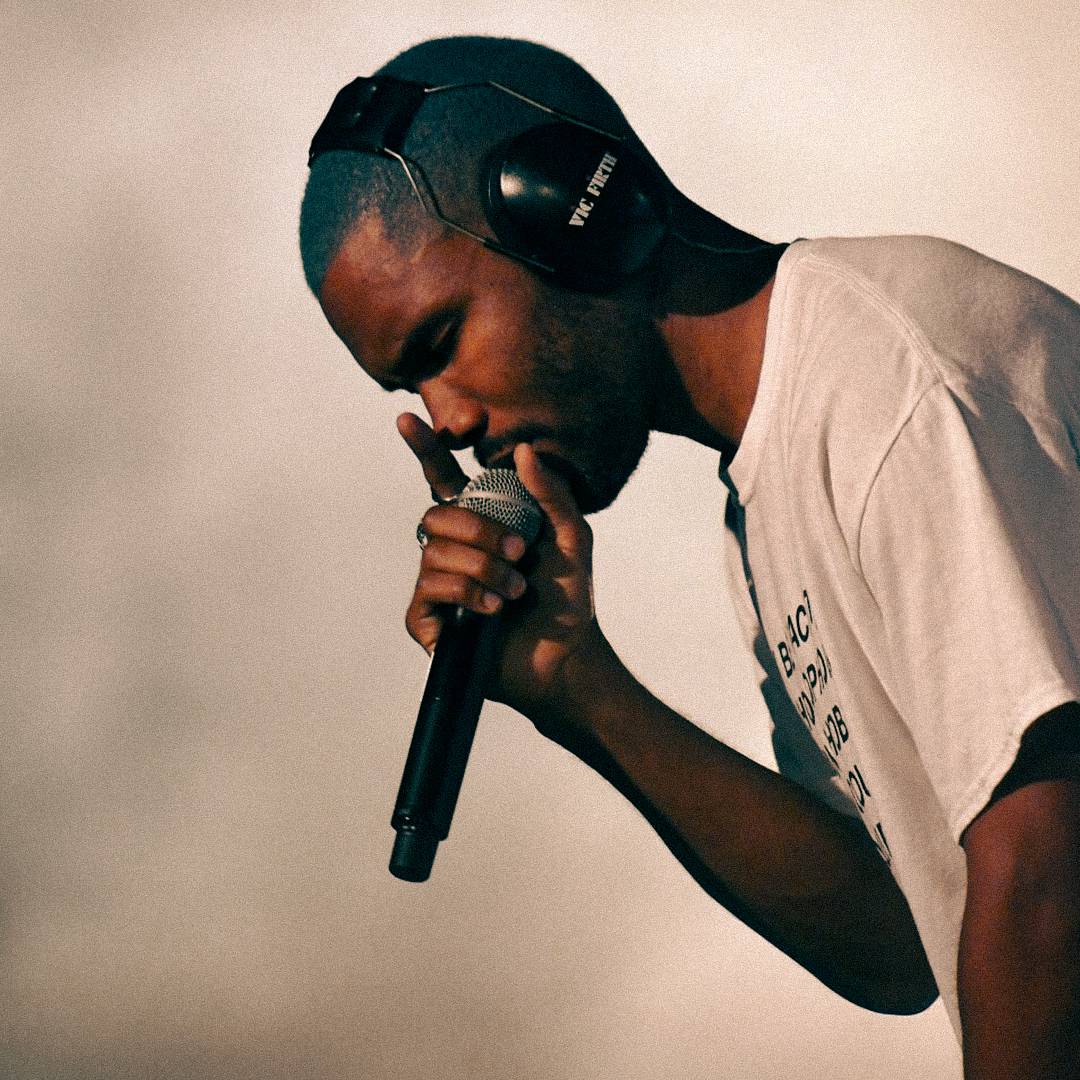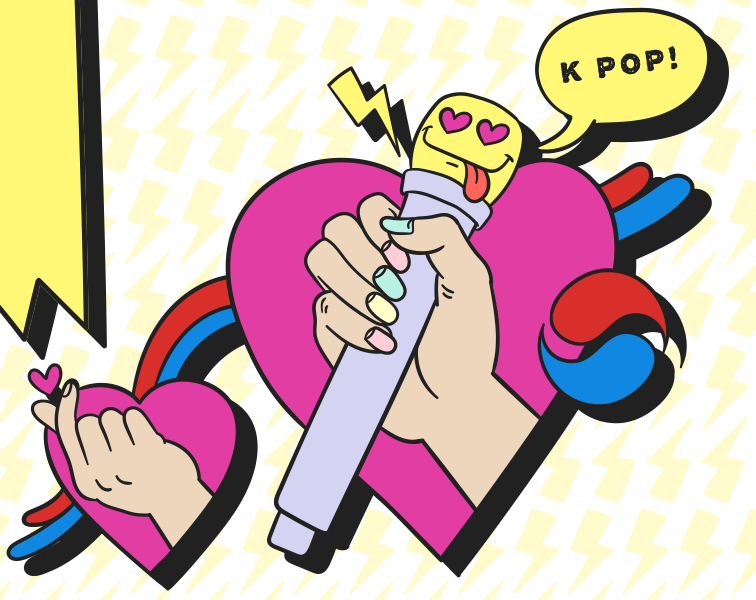Frank Ocean’s highly anticipated headlining set at Coachella on Sunday night did not disappoint fans who were eager to see the elusive artist perform for the first time in four years. However, the decision by YouTube, Coachella’s official live streaming partner, to not stream Ocean’s set left many fans disheartened and questioning the future of live streaming and social media in the music industry.
The decision by YouTube to not live stream Ocean’s set is not entirely surprising given the artist’s reputation for limiting access. But the move may have backfired as TikTok users immediately stepped in to fill the gap, posting thousands of videos of the performance. This highlights the growing challenge of creating true “had-to-be-there” moments in a world where short-form video and social media have made it increasingly difficult to keep events exclusive.
The Perks of Privilege in a World of Accessibility
As digital experiences become more commonplace, the significance of in-person, live experiences has risen. By choosing not to live stream the highly anticipated set at Coachella, organizers may have created an authentic “must-see” moment for attendees. Nonetheless, in light of the growing popularity of short-form video and social media, it is becoming progressively challenging to produce one-of-a-kind moments.
In the past, live streaming was seen as a potential threat to ticket sales, but it is now clear that live streams can actually expand the addressable audience of concerts to those who may not have purchased tickets otherwise. However, the rise of user-generated content on social media raises the question of whether social media will cannibalize live streams.
Click here to read the full article.



